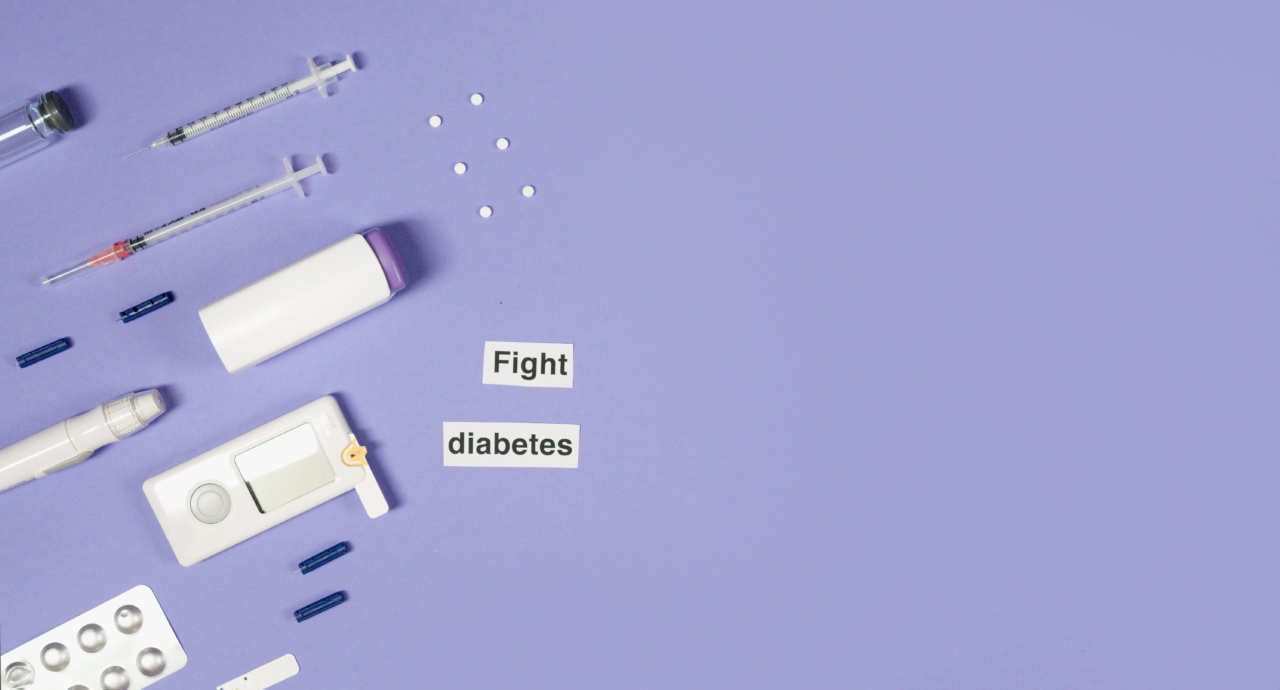Chronic Venous Disease (CVD) is a condition that affects the circulation of blood in your veins, leading to symptoms such as swelling, pain, and discomfort.
Coping with the challenges of living with CVD can be overwhelming, but with the right strategies, you can significantly improve your quality of life. In this article, we will discuss various coping strategies that can help you better manage your condition and alleviate its symptoms.
1. Engage in Regular Physical Activity
Engaging in regular physical activity is crucial for individuals living with CVD. Exercise helps in improving blood circulation, strengthening the muscles around the veins, and reducing swelling.
Low-impact exercises such as walking, swimming, and cycling are particularly beneficial for individuals with CVD. Consult your healthcare provider to determine an exercise regimen suitable for your condition, and make it a part of your daily routine.
2. Maintain a Healthy Weight
Excess weight puts additional strain on your veins, worsening the symptoms of CVD. Maintaining a healthy weight can help alleviate symptoms and slow down the progression of the disease.
Incorporate a balanced diet consisting of fruits, vegetables, whole grains, and lean proteins. Avoid foods high in saturated fats, sodium, and sugar, as they can contribute to weight gain and fluid retention.
3. Elevate Your Legs
Elevating your legs above the level of your heart can help alleviate symptoms such as swelling and discomfort. Whenever possible, prop your legs up on a pillow or footstool.
Elevating your legs for at least 15 minutes multiple times a day can significantly reduce the pooling of blood in the veins and provide relief.
4. Wear Compression Stockings
Compression stockings are specially designed to provide pressure to your legs, promoting better blood circulation. They help in preventing blood from pooling in your veins and reduce swelling and pain.
Consult your healthcare provider to determine the appropriate compression level and style of stockings for your condition. Wear them regularly, especially during periods of prolonged sitting or standing.
5. Take Regular Breaks and Move Around
Prolonged periods of sitting or standing can worsen the symptoms of CVD. Take regular breaks to move around and stretch your legs.
If your job requires long hours of sitting, try to incorporate small exercises such as leg lifts or ankle pumps while sitting. If standing for long is unavoidable, shift your weight from one leg to the other frequently to promote better blood flow.
6. Practice Leg Exercises
Specific exercises targeting the muscles in your legs can help improve blood circulation and reduce the pooling of blood in your veins.
Simple exercises like ankle rotations, calf raises, and leg stretches can be performed at home or during breaks at work. Consult your healthcare provider or physical therapist for a customized exercise plan that suits your condition and needs.
7. Manage Stress
Chronic stress can exacerbate the symptoms of CVD. Finding effective stress management techniques can help you cope better with the challenges of living with this condition.
Consider practicing relaxation techniques such as deep breathing exercises, meditation, or yoga. Engage in activities that you find enjoyable and relaxing, such as reading, listening to music, or spending time in nature.
8. Avoid Tight Clothing and High Heels
Tight clothing, especially around the waist, groin, or legs, can restrict blood flow and worsen CVD symptoms. Opt for loose-fitting clothing that does not constrict your veins.
Similarly, wearing high heels for extended periods can strain the calf muscles and impede blood circulation. Choose comfortable shoes with proper arch support and a low heel to promote better blood flow.
9. Keep the Legs Moisturized
Dry skin can exacerbate itching and discomfort, often associated with CVD. Keep your legs moisturized using a gentle, fragrance-free lotion or cream. Avoid applying moisturizer between your toes, as excess moisture can lead to fungal infections.
10. Stay Consistent with Medication and Treatment
Follow your healthcare provider’s prescribed medication and treatment plan diligently. Medications such as venoactive drugs or anticoagulants can help manage CVD symptoms and prevent complications.
Attend regular check-ups and follow up with your healthcare provider to monitor the progression of your condition.
Living with Chronic Venous Disease can be challenging, but by incorporating these coping strategies into your daily routine, you can effectively manage your symptoms and improve your quality of life.
Remember to consult your healthcare provider for personalized advice and guidance to develop a comprehensive treatment plan tailored to your specific needs.






























